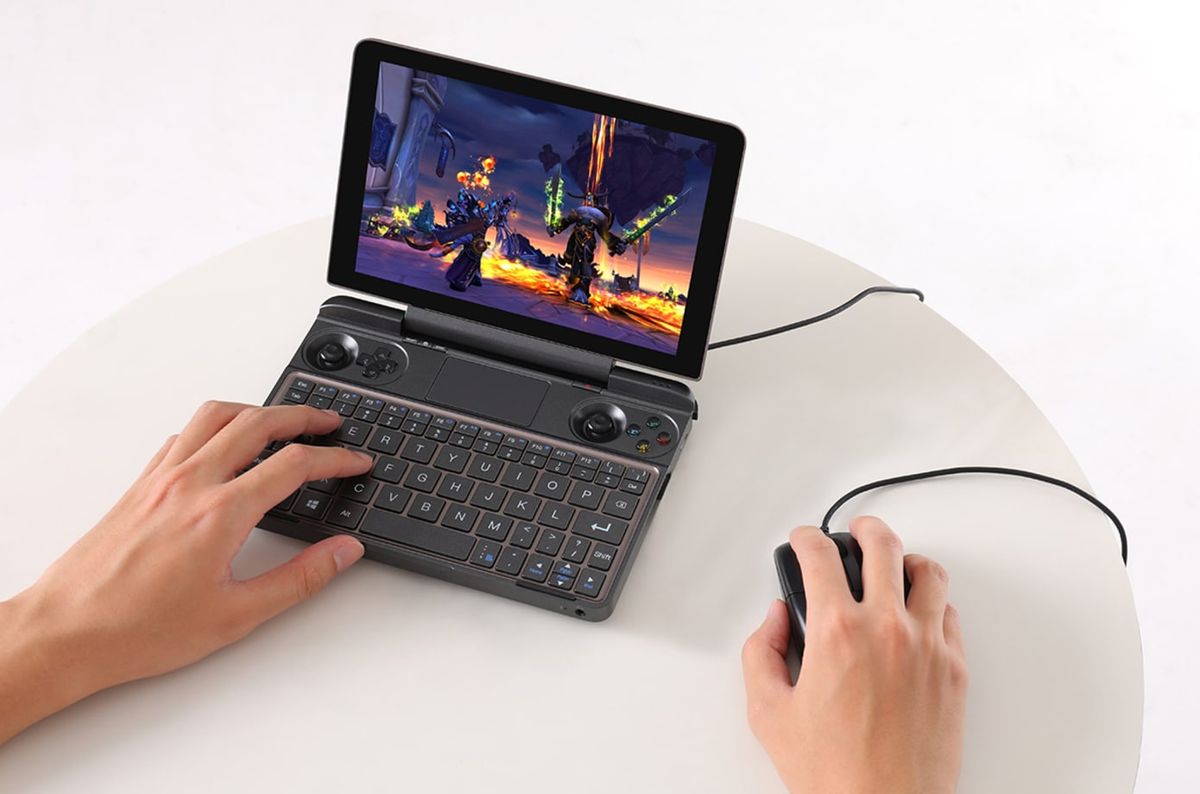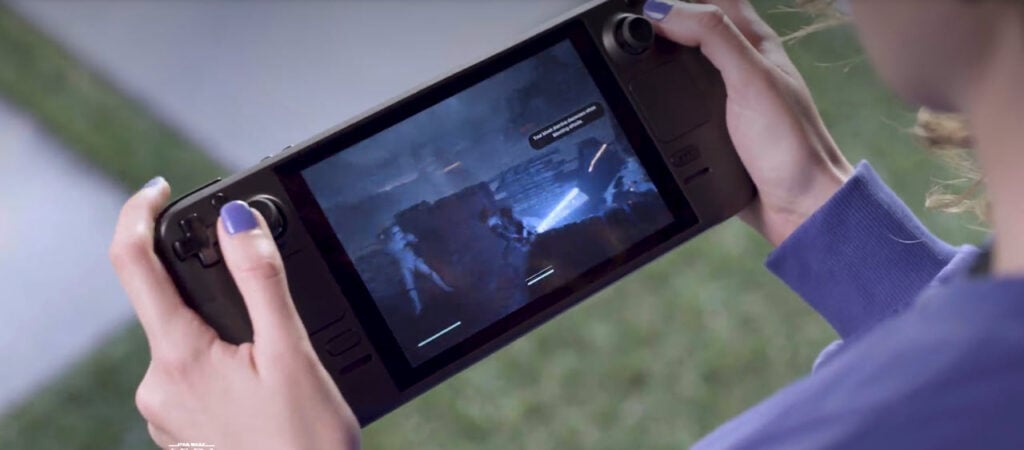
With Windows installed, there are some pretty glaring issues that have yet to be addressed.

If your display is still sideways, go to Start.Just as it is on any PC, follow the Windows setup steps.Deleteing the largest seems like the best bet here, but if you’re feeling skiddish at this point, you can abandon the process or try using the microSD method. There will be several partitions and none of them can hold Windows.Delete the partitions to ensure Windows has enough space.Select the Custom Windows Install option.Activate Windows using your product key or select “I don’t have a product key.”.The Steam Deck will boot and the Windows installer will launch but only the touchscreen will work.With the D-pad, navigate to EFU USB Device, press A to select.Enter the boot menu by holding the Volume Down button and powering on the Steam Deck.Create a Windows installer using Microsoft’s guide.

That will get fixed at some point in the future.

You’ll need to use either Bluetooth or a USB-C-to-headphone jack adapter in order to actually hear your games. And finally, while drivers for the GPU, Wi-Fi, and Bluetooth are reportedly working fine, audio via the Steam Deck’s 3.5mm headphone jack and speakers is a bust.

Valve is working on an easy wizard to make this possible, but if you want to dual-boot both operating systems right now, you’ll need to roll your own pre-boot solution. Ditto for dual-booting Windows and SteamOS. One, it’s Windows 10 or nothing for the moment: Windows 11 will have to wait for a fresh BIOS that Valve hasn’t finished yet. Naturally, people have wanted to install Windows on the Steam Deck ever since the portable PC’s announcement, and today Valve has officially released drivers for its customized components, making it pretty close to a plug-and-play experience. Though the Steam Deck runs a highly-customized version of Valve’s Linux-based SteamOS, and uses it to get some rather amazing gaming performance out of its AMD hardware, the gadget is more than capable of running other operating systems.


 0 kommentar(er)
0 kommentar(er)
